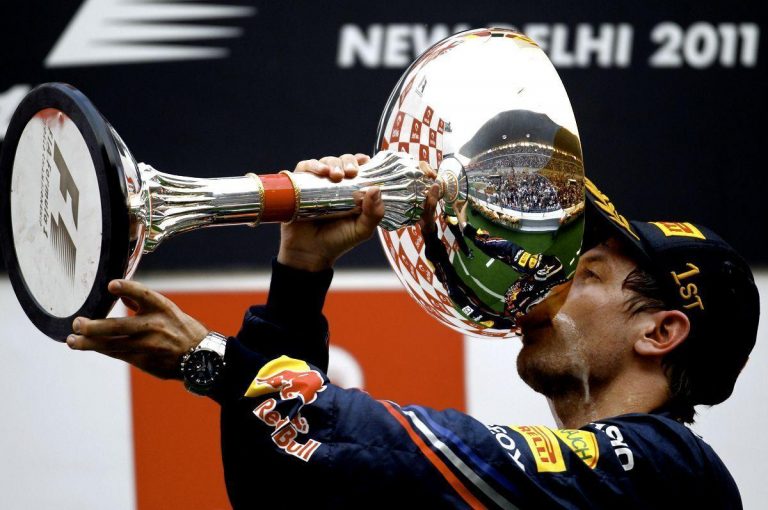The thing about my country,” one Gulf-based Indian businessman told me last week, “is that the authorities just seem happy to ignore the 77 percent.”
The 77 percent he was referring to is, of course, the estimated number of Indians living in poverty. For a population that is fast approaching 1.2bn, this figure represents by far the biggest challenge the government faces.
And it’s only likely to get worse. India’s only rival in the small bracket of emerging-market-titans-with-enormous-populations is China. But whereas India’s population as a percentage of the number of people on the planet has risen during the last 50 years (from 14.8 percent to 17.6 percent), China’s actually fell (from 21.4 percent to 19.6 percent).
The 77 percent number that my contact was referring to was provided by the Arjun Sengupta report, which suggested that over three-quarters of Indians were living on less than 40 cents a day. Other figures, which are no doubt far more palatable to the government, suggest that the number is lower, at 50 percent (the NC Saxena report) or 37 percent (the Tendulkar Committee report). But the very fact that these studies diverge so wildly is in itself a cause for concern.
Why were we discussing this figure? You won’t be surprised to learn that the main topic of conversation was the entry of India into the glitzy world of Formula One last weekend. On the track, Sebastian Vettel collected yet another victory in his procession towards this year’s world title. In the packed stands, the who’s who of Indian high society mingled with their peers. But the cheapest ticket to the event came in at $50, which adds up to just over four months work for your average member of the 77 percent.
Many will argue that the Grand Prix, like the Commonwealth Games held in Delhi last year, are just an opportunity for the naysayers to criticise a growing economic power that is using any means it can to highlight its presence on the global stage. And there’s no doubt that countries like the UAE have benefited hugely from the kind of exposure that the F1 circus brings.
But there’s also a concern that the land for the new track, which is situated in one of India’s poorest and most corrupt states, appears to have been forcibly purchased from local farmers at rock-bottom prices. The episode highlights a growing concern that the gap between the poor and India’s growing middle class is growing rather than shrinking, and that the government is at best unable, or at worst ambivalent, about rectifying the situation.
Nowhere is the disparity more obvious than on Altamont Road, a well-to-do residential street in south Mumbai. Home to several Bollywood stars, the street also plays host to Antillia, a building purpose-built to house Mukesh Ambani — India’s richest man — and his family.
Indian media have described the 27-floor home as the most expensive in the world, worth as much as $1bn, a sum that would take one of the country’s 77 percent 6.8m years to earn. Antillia comes replete with three helipads, an air-traffic control room, parking space for 168 cars and an ice room where it snows on demand.
Even Ambani’s peers find this display of wealth puzzling, located as it is near to some of the biggest slums in Asia. In an interview with the UK-based Times newspaper, fellow magnate Ratan Tata, chairman of the Tata Group said: “The person who lives in there should be concerned about what he sees around him and [asking] can he make a difference.
“If he is not, then it’s sad because this country needs people to allocate some of their enormous wealth to finding ways of mitigating the hardship that people have.”
India has a great deal about which to be proud; a pacy economy, some of the top companies in the world, and some of the brightest minds. But the first priority of the Indian government must be to focus on the 77 percent. Now the F1 party is over, it’s time to get serious on poverty.
Ed Attwood is the Deputy Editor of Arabian Business.








